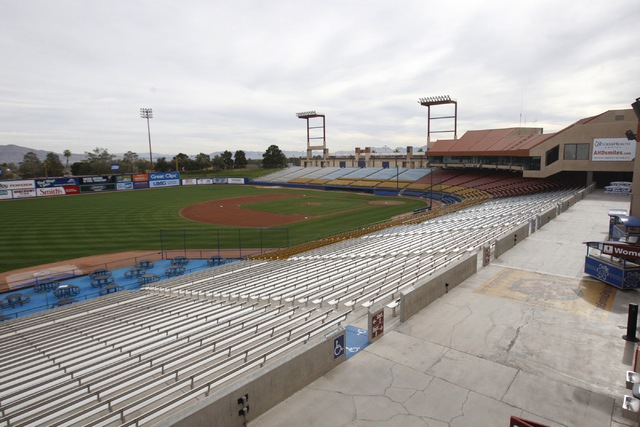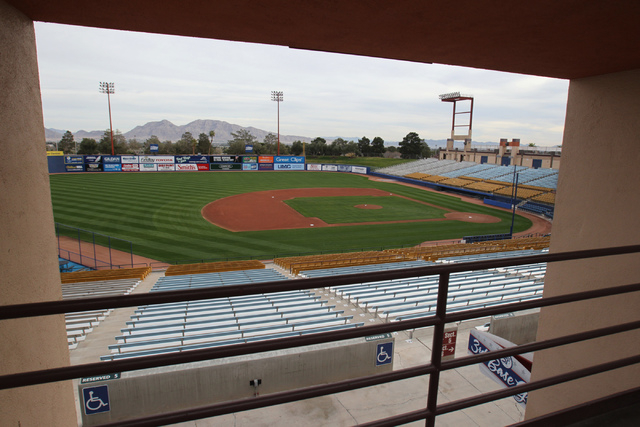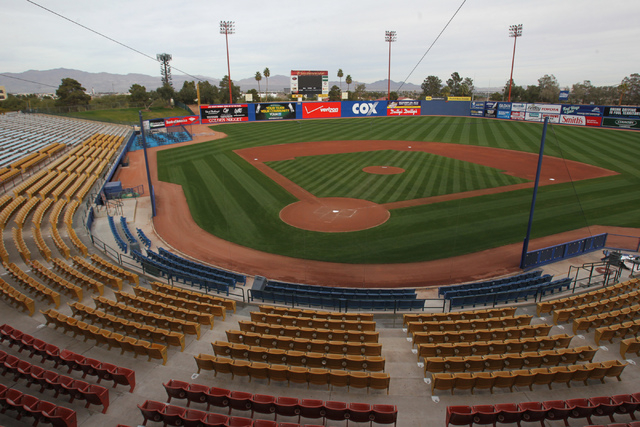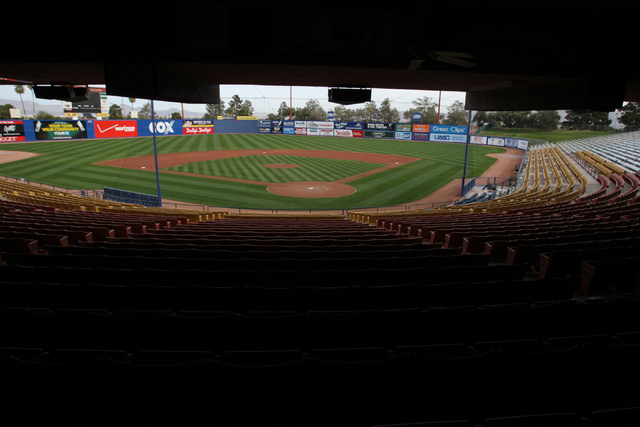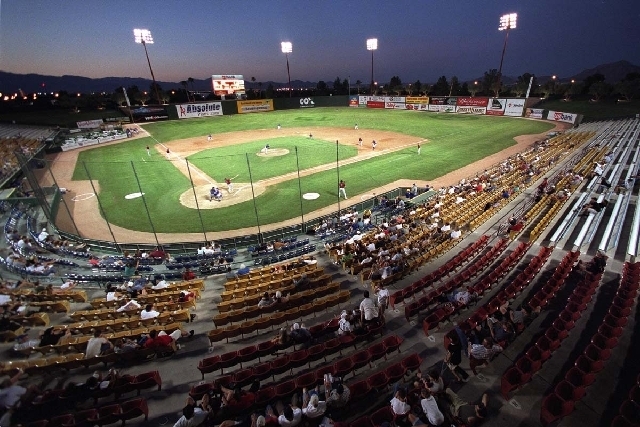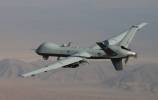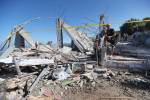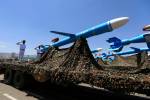Cashman among big dreams vying for Las Vegas redevelopment funds
Imagine a giant mesh catch net, like the kind used to keep golf balls from escaping a driving range.
Now imagine several of those nets stretched across Cashman Field — part of a see-through canopy 18 stories above the baseball diamond — with unmanned commercial drones buzzing around underneath.
With a little luck and a lot of federal grant money, that’s exactly the picture Build a Better Las Vegas hopes to paint at the 31-year-old Cashman Center complex over the next few years.
The five-member development team is one of 10 finalists for $1 million in city-administered redevelopment grants funded through Strong Cities, Strong Communities, or SC2, a White House urban planning initiative backed by the U.S. Commerce Department’s Economic Development Administration.
The group’s bid to re-imagine Cashman as the Las Vegas Unmanned Aerial and Robotics Resource Center — also known by the unwieldy acronym UARRC — would see the current home of the Las Vegas 51s transformed into the Nevada nerve center of a burgeoning $82 billion lobal commercial drone industry.
The idea counts as a favorite to pick up SC2’s $500,000 grand prize in May, having already been awarded a $60,000 prize by grant competition judges early this month.
“(Cashman) offers us an opportunity to test all kinds of flight tech,” team co-founder Brandon Wiegand said. “Eighty percent of the commercial business side is coming from companies that don’t have access to (Federal Aviation Administration drone testing) Centers of Excellence.
“Using nets around the stadium lets us set up our own fly zone. It gives us an opportunity to help the industry along.”
Wiegand and his development team colleagues hope to every part of the 70-acre Cashman Convention Center site, using existing facilities and setting aside room for everything from aviation museums to office space for drone companies.
Project backers say they can draw on the institutional knowledge of drone experts at Creech and Nellis Air Force bases to help design an ideal environment for testing and developing gadgets drawn up by Nevada’s fledgling drone industry entrepreneurs — all in an environment that would not run afoul of federal drone site regulations.
But they plan to keep the space open to the public, giving everyone from airplane hobbyists to aviation science students at nearby Rancho High School a chance to fly under the Cashman canopy.
Zach Conine, one of two development team members with ties to downtown Las Vegas’ emerging technology scene, figures the project could complement some of the startup companies hatching just one mile north.
“It’s going to be low construction impact, high economic impact,” Conine said. “Without getting into too many details, we think it dovetails nicely with downtown.
“We’re doing it independently. We’re just happy to be near there.”
Conine’s is far from the only group with plans to help redevelop Las Vegas.
City staffers pored over 206 submissions for SC2 grant competition funding since the project got off the ground in August 2013, skimming plans from 49 states and 48 different countries before advancing 18 redevelopment proposals to a 24-member judges panel in the fall.
Panelists settled on the top 10 teams to emerge from that first round of vetting in November.
A separate seven-member judges panel will hear plans for everything from a multi-campus robotics and convention center, to a combination Latin cultural center and boxing Hall of Fame before unveiling a grand prize winner in May.
Judges handed out $100,000 to three top-ranked development blueprints this month, including $90,000 split between two teams with plans to make over Cashman Field.
San Francisco-based architecture firm Gensler & Associates, Cashman’s other redevelopment suitor, has drawn up blueprints to transform the site into a “pioneering center for sustainability” with office space for businesses that support expanding green industries.
Project designer Derek Sola said he couldn’t provide much more detail on Gensler’s site plans, which both Las Vegas and the firm consider proprietary information.
He did say those plans could live without Cashman Field.
“We looked at it as a master plan,” Sola said of the site. “(The proposal) could function with or without a stadium, and we looked at repurposing the convention center, but we have a number of strategies.
“Currently Vegas is known for depleting natural resources. Becoming a champion for sustainable industry could really change that perception.”
Longtime development consultant Arnold Stalk, one-half of a Las Vegas team awarded $10,000 for its third-place SC2 proposal, submitted blueprints to anchor the Arts District around a proposed modern art museum near Charleston Boulevard and Main Street, part of a project Stalk hopes to surround with a “downtown Central Park” to unite neighborhoods and host First Friday events.
Neither he nor his development partner returned requests for comment.
The city will make the big decision of whether to adopt and help fund Stalk’s team or any of nine other top grant competition projects. Las Vegas could own intellectual property rights on as many as six proposals by the end of the competition, according to Deputy City Manager Scott Adams.
Adams said the city has been promised federal economic development dollars to help implement one or all of those plans, though city leaders have not ruled out the possibility of using the redevelopment process, including tax tools, to get the projects off the ground.
Contact James DeHaven at jdehaven@reviewjournal.com or 702-477-3839. Find him on Twitter: @JamesDeHaven
Like the RJ on Facebook:





